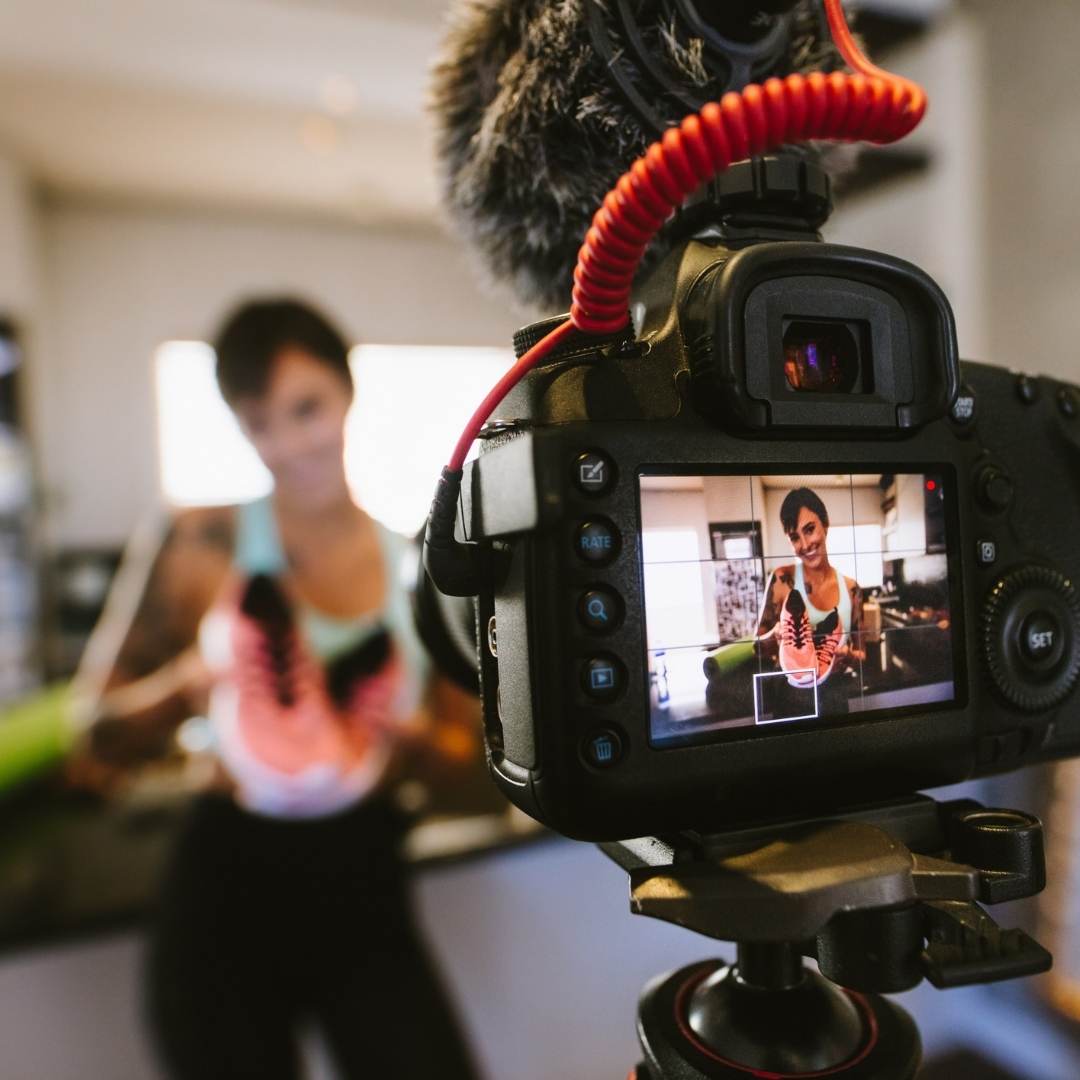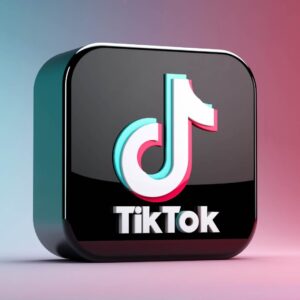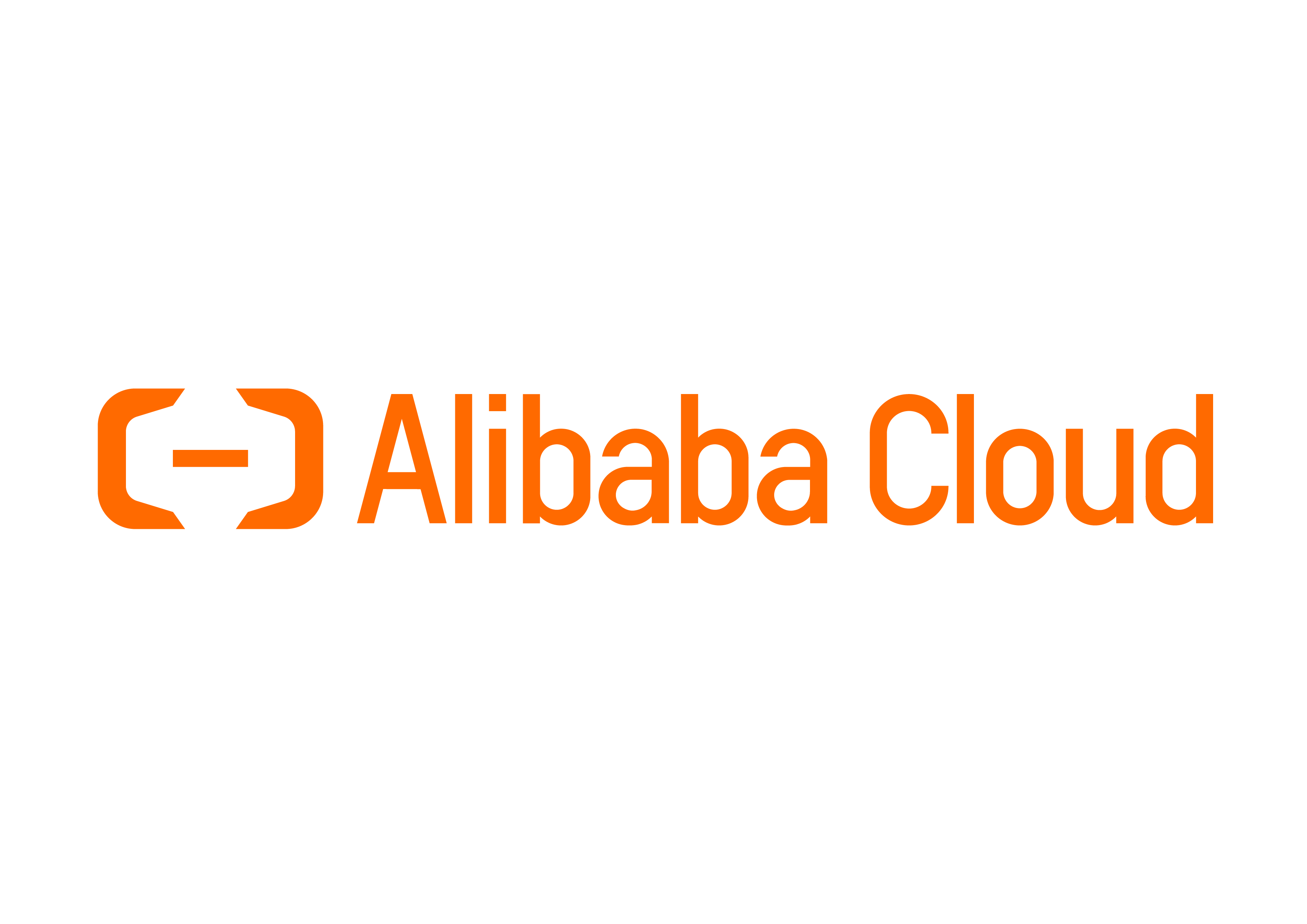Its 2021 and television advertisements have turned pretty vanilla for brands who are trying to creatively promote their products.
Social media content makers frequently include promotions in their trademark videos that are amusing, instructive, or informative. They can personalise a brand’s appeal or engagement, in ways that traditional advertising cannot fathom.
Both new and established businesses are turning to social media influencers to market their products. Content creators are increasingly coming to the forefront, as far as making decisions about how a brand should be marketed, is concerned.
The Need for A New Digital Conversation
People are still confined to their homes and are watching more online videos than ever before. The frequency of live video sessions held by content creators on social media platforms has also increased. According to Facebook US, the number of viewers watching live video climbed by 50% in the first few months of the pandemic. The network has offered new options to help video makers.
Marketing through influencers provides a brand with new viewpoints, as content creators are the ones who decide how promotions will be carried out. Influencers provide insights that uncover previously unrecognized ways of product communication.
Because most influencers communicate with their followers on a daily basis, they are a fantastic source of first-hand audience information. The main focus of influencer collaboration is the reach they bring to the table. Numbers do not always directly demonstrate the impact of influencer marketing, but what counts is positive long-term consumer perception via these influencers.
According to studies, influencer marketing is now a big aspect of digital marketing- because of the low investment and high profits. In 2020, 78% of marketing leaders used influencer marketing, compared to approximately 13 % back in 2019. Similarly, 84% of marketers had considered starting at least one influencer campaign. In terms of consumer behaviour, a sizable 71% of customers reported making purchases based on a social media recommendation.
Partnerships & Platforms
According to industry analysts, influencers charge between $300 and $3000 for every post, depending on the platform and the type of campaign being considered. Influencer marketing is no longer an experiment for brands; it is now a fixed line item in the total marketing budget. Influencer marketing accounts for anything from 10% to 50% of total digital marketing budgets.
The global influencer market has grown exponentially in the last two years, owing to the Covid 19 pandemic. Most influencers are classified as micro, macro, or celebrity influencers. Instagram is the most effective medium for influencer campaigns, according to 50% of marketers, with LinkedIn coming in second at 23.91% and YouTube coming in third at 15.22%.
As known and tested solutions, brands have traditionally used Instagram, YouTube, Twitter, and, on occasion, LinkedIn for influencer marketing. Today, we also see the growth of new platforms that appeal to regional audiences, such as Dailyhunt’s Josh and Sharechat’s Moj.
Instagram is the most popular among aspiring influencers since it offers a number of formats, including short and long videos, posts, and stories. Engagement on Instagram has skyrocketed while it has plummeted among Gen X and Z on Facebook.
The Right Fit
Choosing the appropriate match for promotions is crucial for both influencers & brands. If a brand chooses an influencer to whom the target audience cannot relate, the brand’s efforts will be futile. Looking at influencers whose aesthetic match their own is important.
Second, brands look for influencers that have a mature following and engage with pertinent questions. The trend of having a single brand ambassador is no longer viable. In the skincare space, for example, apart from dermatologists and the salon industry, influencer recommendations are likely to have equal weight in consumer decisions.
As influencers communicate with the consumer more directly, businesses can utilise this to establish credibility and build their brand by deepening connections with influencers rather than just associating with them for a single post or campaign.
Post influencer collaborations, brands have witnessed an increase in website visitors. Freakins, a D2C fashion brand, has seen a 35% increase in the time spent on their website once they kicked off their influencer marketing.
Relatable content creation is the next big thing, and brands will have to figure out innovative ways to include it.



















